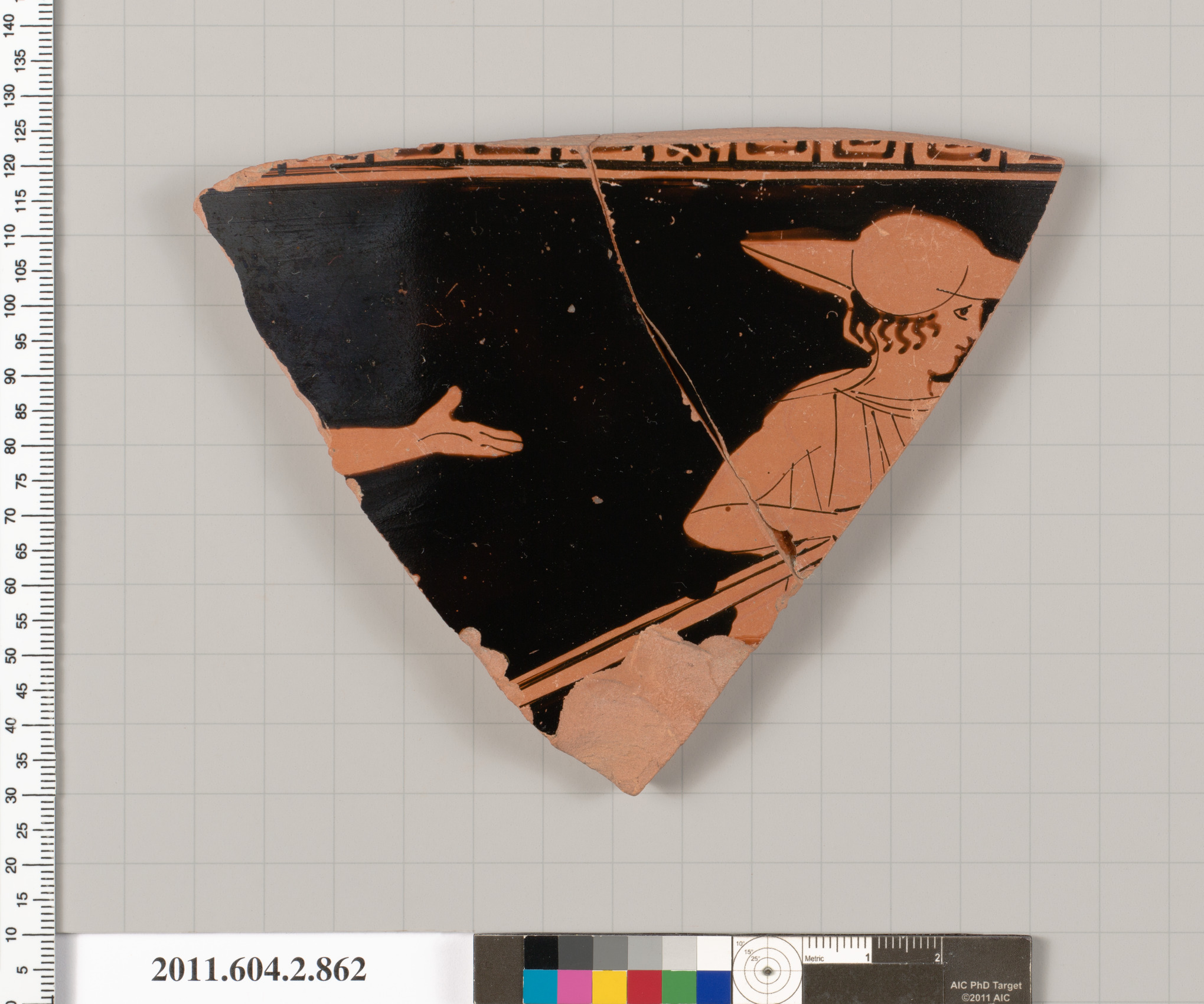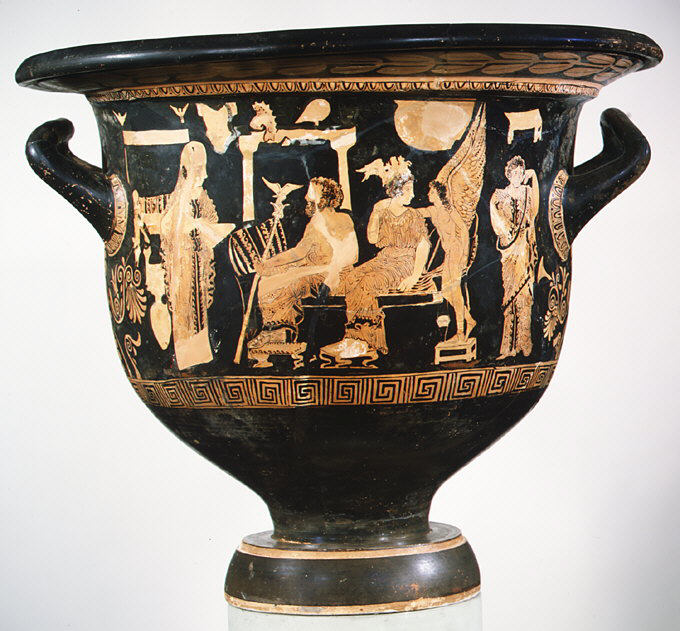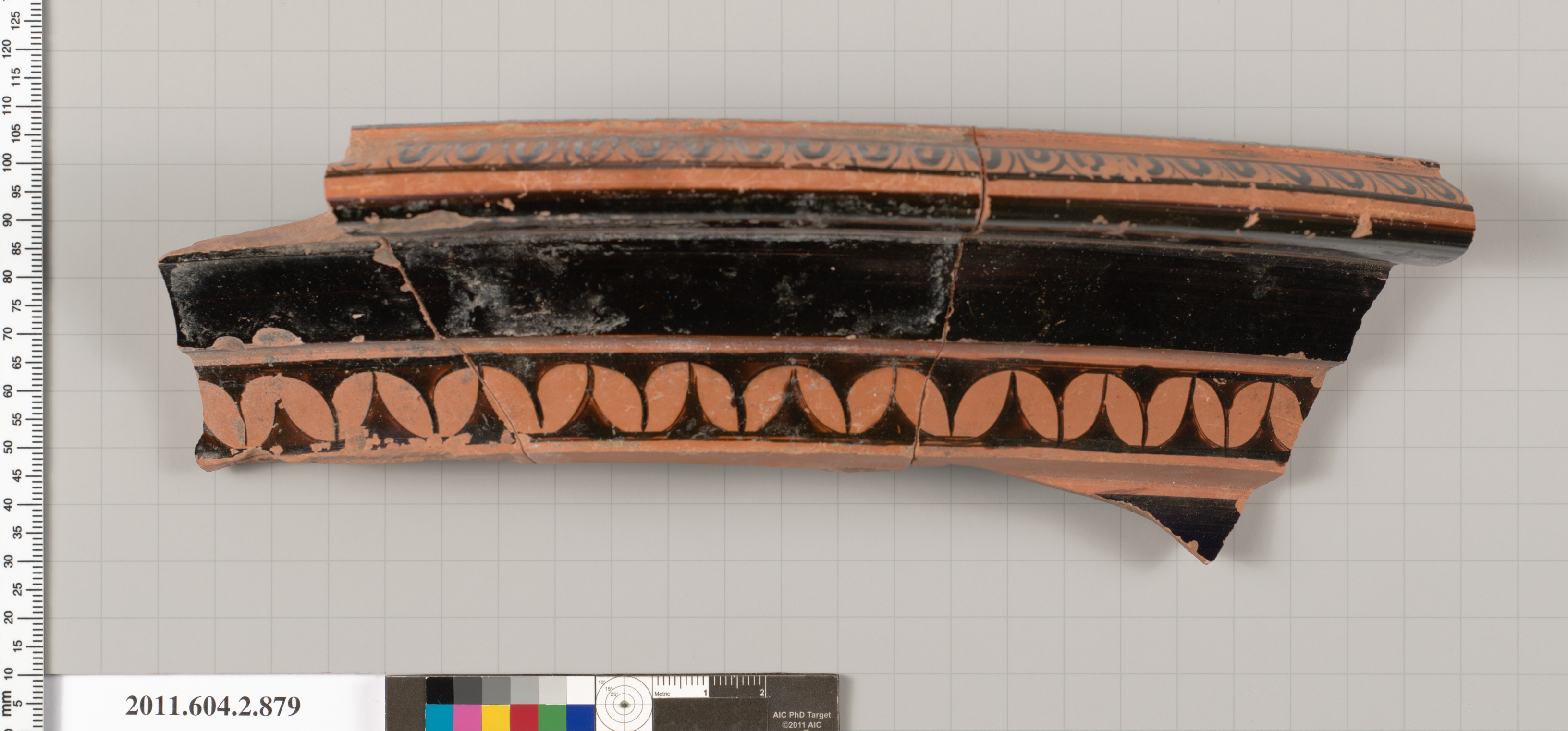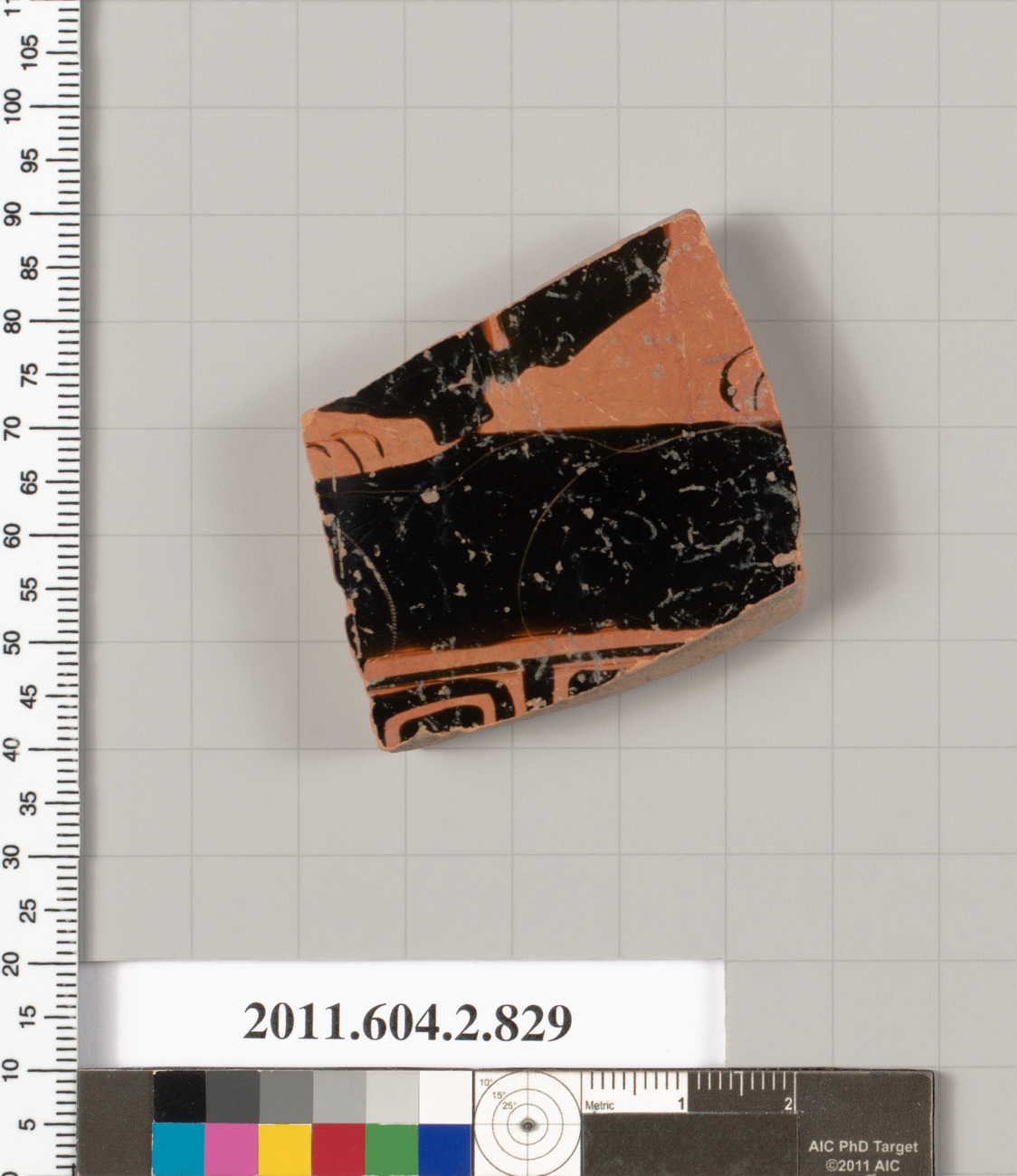

Awaken ancient mechanisms and descend into the underworld, overcoming foes through speed and agility, instead of only using brute force.Work your way through more than 80 levels across the elemental paths using mind and body to overcome puzzling obstacles and challenges.

Your comrades are not your enemies, even if they seem to think so at the moment. Rather than being signs of hellenization in a foreign culture, Athenian eye cups - like all Greek vases - were brought into Etruria then integrated, manipulated, and even transformed to suit local needs and beliefs.You are one of eight thousand warriors bound to protect the Emperor in his afterlife. Tomb assemblages from Vulci and elsewhere reveal their multivalent significance: emblematic of banqueting in life and death, apotropaic entities, likely with ritual uses.


The Etruscan consumers of eye cups made conscious choices regarding their purchase and usage. Workshops were clearly aware of their audiences at home and abroad and shifted production and distribution of vases to suit. Indeed, the earliest, largest, and highest-quality (to modern eyes) examples were exported to Etruria, where the symposion as the Athenians knew it did not exist. Although many eye cups have been found in Athens - namely on the Acropolis and mainly from late in the series - the majority come from funerary, sanctuary, and domestic contexts to the west and east. Such emphases, however, neglect chronology and distribution, which reveal the complexity of the pottery market in the late sixth and fifth centuries B.C.E. "Since the late 1970s, scholars have explored Athenian eye cups within the presumed context of the symposion, privileging a hypothetical Athenian viewer and themes of masking and play.


 0 kommentar(er)
0 kommentar(er)
